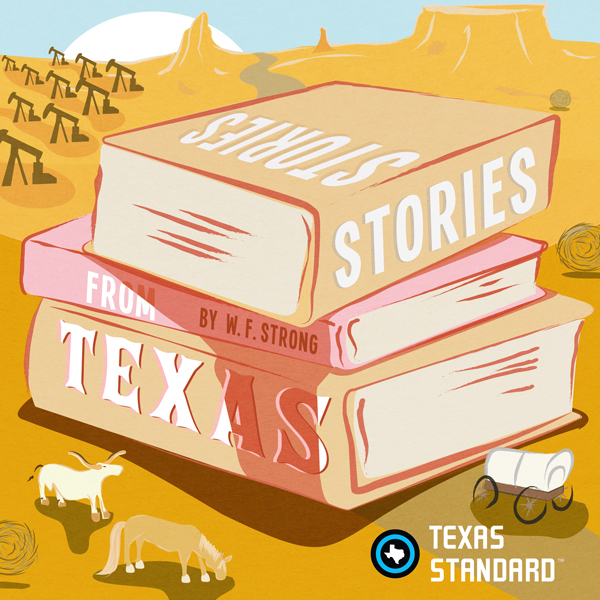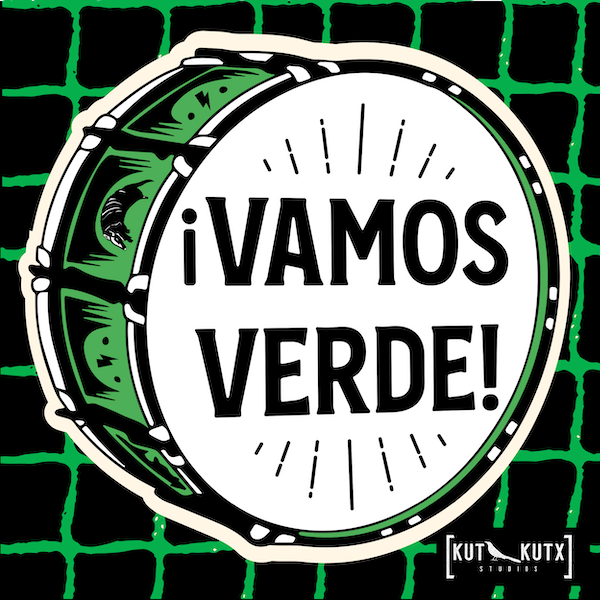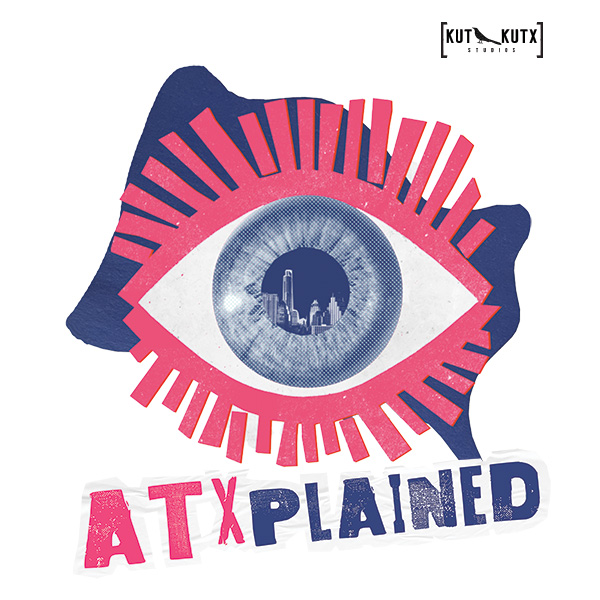By W.F. Strong
On July 29, 1925 — a full 60 years after the American Civil War — Miss Decca Lamar West of Waco, Texas, wrote a strongly worded letter to Chief Thomas H. MacDonald, the head of what was then the Federal Bureau of Public Roads. Miss West was an influential member of the United Daughters of the Confederacy who was lobbying for a coast to coast highway to honor the Former President of the Confederate States. After all, President Abraham Lincoln had a highway already that stretched from New York City to San Francisco. She wrote:
The Jefferson Davis Highway directors are doing constructive work in every state, and patriotically the women of the United States feel that nothing could tend to the greater unity and understanding of the people than that two transcontinental highways should be named for the two great leaders of the critical period of American history.
The honorary highway of which she wrote was almost fully realized. Today, the Jefferson Davis Memorial Highway still exists – but only in bits and pieces – from Virginia to California. You’ll find United Daughters of the Confederacy markers along highways in Georgia and Louisiana and Arizona. But New Mexico had them all removed from along I-10 two years ago. You can see the Texas markers along U.S. 90 and 290 and I-35 and along Highways 59 and 77 South toward the border. Others have been removed — including those in Elgin, San Antonio, and San Marcos.
Brownsville just removed its marker after a contentious debate. The marker, originally placed on Palm Boulevard by the United Daughters of the Confederacy in 1927, was later moved to a city park after the state passed on certifying that memorial route. It was a simple, large boulder with a plaque praising Jefferson Davis. Some wanted the boulder removed altogether because it honored Davis who was a traitor to the U.S. Others felt that removing it would be an attempt to erase history.
My contention is that the monument itself tried to erase history. It was one of at least 250 markers placed along U. S. roadways which tried to re-brand Jefferson Davis, to make the enslaver equal to the emancipator. The plaque on the boulder in Brownsville was stone cold propaganda.
The plaque identifies Davis as President of the C.S.A. The word “Confederacy” is not spelled out there. Were they hiding the word from Davis’s resume? He is lauded as a United States soldier and Senator. It says he resigned as Senator, but it omits the fact that he resigned to create a new country where slavery would be forever legal. Finally, he is declared a martyr, but a martyr for what? Hundreds of thousands died for his cause but he didn’t.
President Ulysses S. Grant believed the contentiousness that resulted from the Civil War would, in time, pass. In 1885, in his famous memoirs, he wrote: “As time passes, people, even of the South, will begin to wonder how it was possible that their ancestors ever fought for or justified institutions which acknowledged the right of property in man.” And yet these arguments over monuments persist.





